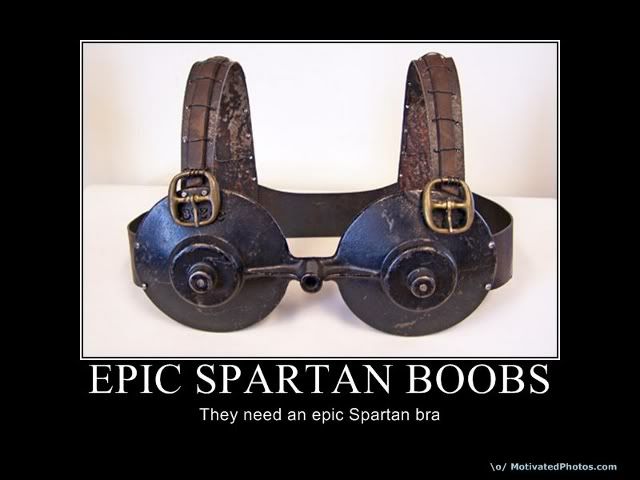- 02 Dec 2009 21:58
#13255228
are you really saying that the Athenian hoplites traveled 80km per hour? I think either your numbers are off or your source is lying.
Hoplites were slow compared to light infantry and cavalry. Hoplite phalanxes were even slower as they relied upon close formation.
But as noted by another - most importantly hoplite formations were extremely hard to maneuver. This was mostly because the soldiers were militia. The Spartans were noted for being able to wheel their formation without it breaking apart.
The real weakness of the greek military was (also as noted by another) that it used the hoplites almost exclusively. It had amazing heavy infantry but lacked effect other arms.
Not only did the Romans defeat the phalanxes, Philip of Macedon defeated them when they were essentially at their height.
Dionysys got the name The Besieger for his siege of Rhodes - a Greek city.
And the Spartan phalanx was defeated by Thebes and the Sacred Band.
The Spartan phalanx was good. As elite heavy infantry they were very good. As was the Sacred Band, the Varangian Guard, the Praetorian Guard, the Teutonic Knights - and any other unit of elite heavy infantry or cavalry. The spartan phalanx looks especially good because they were facing either light troops or militia. Remember that there were never more than 9,000 total Spartans. The most they ever fielded at one time was 3,000. Most of the "Spartan" army was actually allies.
The Greek hoplites were equipped with swords. They knew how to wield them and fight against them. What the Romans had were steel swords and a new way of fighting with them.
it took, for the Athenian hoplites, almost half an hour to go from Athens to Marathonas, a distance almost 40km
are you really saying that the Athenian hoplites traveled 80km per hour? I think either your numbers are off or your source is lying.
Hoplites were slow compared to light infantry and cavalry. Hoplite phalanxes were even slower as they relied upon close formation.
But as noted by another - most importantly hoplite formations were extremely hard to maneuver. This was mostly because the soldiers were militia. The Spartans were noted for being able to wheel their formation without it breaking apart.
The real weakness of the greek military was (also as noted by another) that it used the hoplites almost exclusively. It had amazing heavy infantry but lacked effect other arms.
Not only did the Romans defeat the phalanxes, Philip of Macedon defeated them when they were essentially at their height.
Dionysys got the name The Besieger for his siege of Rhodes - a Greek city.
And the Spartan phalanx was defeated by Thebes and the Sacred Band.
The Spartan phalanx was good. As elite heavy infantry they were very good. As was the Sacred Band, the Varangian Guard, the Praetorian Guard, the Teutonic Knights - and any other unit of elite heavy infantry or cavalry. The spartan phalanx looks especially good because they were facing either light troops or militia. Remember that there were never more than 9,000 total Spartans. The most they ever fielded at one time was 3,000. Most of the "Spartan" army was actually allies.
The Greek hoplites were equipped with swords. They knew how to wield them and fight against them. What the Romans had were steel swords and a new way of fighting with them.





 like in the dark ages.These were heavy troops.And militias???sure, but militias were not all the army.Almost every city had at least a few professional soldiers.
like in the dark ages.These were heavy troops.And militias???sure, but militias were not all the army.Almost every city had at least a few professional soldiers. they were using their swords to move the spears and advance within the Phalanx.The hoplites didn't figured a way to deal with that, and that's why they lost.
they were using their swords to move the spears and advance within the Phalanx.The hoplites didn't figured a way to deal with that, and that's why they lost.













 - By Pants-of-dog
- By Pants-of-dog - By Deutschmania
- By Deutschmania